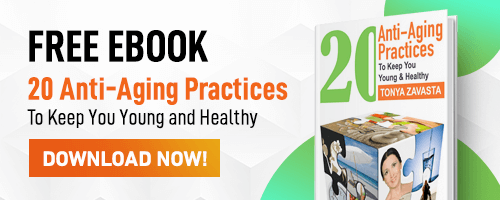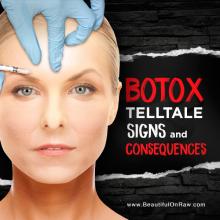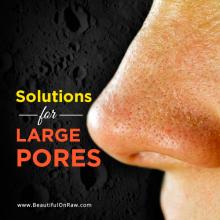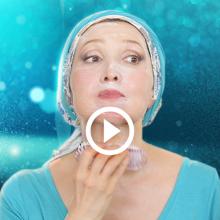What Makes Us Look Old... and Why Botox Cannot Help!
Published: (October, 2021)
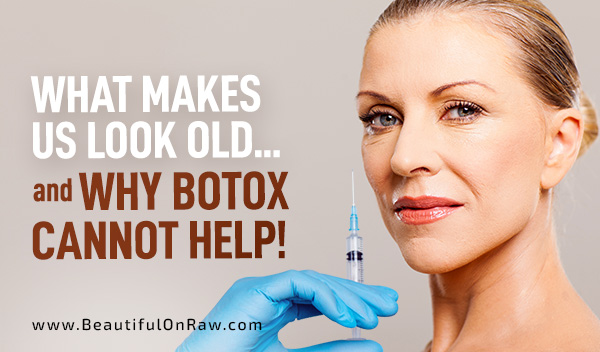
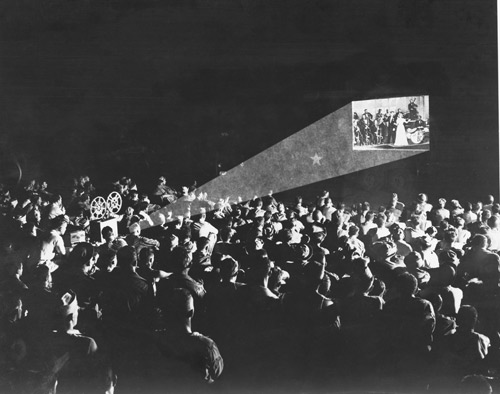
Looking young – what does that actually mean? When we look at someone from a distance, how do we recognize whether they’re young or old?
To answer this question, think about films. You know an old one when you see it. There’s none of the clarity and smoothness you see in contemporary movies.
Remember those jerky, old silent films? Those had frame rates anywhere from 16 to 24 frames per second (fps). It was enough for a sense of motion, albeit a rough motion. In the mid to late 1920s, frame rates rose to between 20 and 26 fps.
Now, how does an old face differ from a young one? Wrinkles—that’s what most of us would say first. But not so fast! Consider this… emotions and facial muscles are directly connected.

In a young face, even a small emotional change will ripple across facial muscles. Just like when we throw a stone in a lake and, right away, the surface of the lake reflects that motion through a series of ripples.
A young person has a pliable, mobile face, full of expression and animation. In a mature face, however, underlying tissues get glued to the bone in places. The tissues themselves are no longer composed of long, smooth collagen fibers. They get tough, rough, and dried out. So, they reflect your emotions in silent film fashion—haltingly, jerkily.
Some people think Botox will make them look younger. It will smooth the wrinkles, that much is true. BUT it will simultaneously rob your face of the plasticity of youth. So, when you’ve had Botox or a filler, you think you look younger because your face is unlined. But in reality, it’s just temporarily de-wrinkled.
Your face loses plasticity. It loses animation. And you, ironically, are just another step further from your hoped-for youth. The cosmetically altered face becomes more static and stoic. In effect, it becomes old.

Here’s an email I received recently:
I was really glad to read your article about Botox and I can identify with many of your concerns….
There was just one point you raised that I think might be incorrect? Your article mentioned that once you stop Botox, your wrinkles return worse than ever… but I was told that every month you use Botox is one more month that those muscles aren’t used.
So, in effect, it’s like pushing pause on muscle deterioration (i.e., if you use Botox for five years and stop, you’ll at least look like you did when you first started if you stop). Botox use prolongs muscle elasticity over time since they get to rest while Botox is in effect. Also, you learn to use other muscles when the wrinkle-causing ones are frozen.
Here's my response:
What you so kindly call muscle “rest” while Botox is in effect is actuality paralysis. Paralysis—also called palsy—is defined as “loss or impairment of voluntary muscular power.” And what paralysis never does is “prolong muscle elasticity.” In fact, paralysis always brings muscle wasting and atrophy—and add to that decreased fiber size and decreased metabolism.
Even doctors who do Botox treatments are known to take a warning stance. Consider one such doctor’s website text about Botox injections:
In the long run, this can cause people to experience loss of muscle control and a decrease of strength in the muscle area which has been injected with Botox®”
You’re correct in saying that after a Botox injection your face will “learn to use other muscles when the wrinkle causing ones are frozen.” But there is also this: The surrounding muscles will have to do the job that paralyzed muscles can’t, and this will tend to overwork them.
Tension will appear where it never otherwise would have. For example, if you stop using your forehead muscles, your face might recruit the muscles around your nose, and the wrinkles alongside your nose will become more pronounced. Then you’ll need even more Botox for those newly tensed muscles.
Let this continue, and your face, in time, is likely to become distorted. But this is not all. Here’s a quote from www.science.org:
Researchers have found that botulinum neurotoxin type A—more commonly known as Botox—can migrate into the central nervous system after it's injected into the skin. The discovery raises new questions about how the toxin works and what unintended consequences it may have.

Before you consider a Botox injection, spend some time on Botox forums. You’ll see there are plenty of people who developed autoimmune conditions or health issues shortly after the injection.
In case you haven't heard about two scientific studies which revealed that injected botulinum toxin (i.e., Botox) can travel to the brain, let me share them with you.
One study was conducted in Italy and published in the Journal of Neuroscience. Rats were given injections of botulinum around their whisker muscles, and three days later it was found that some of the toxin had reached their brains.
Another study was done in Canada on cats. It revealed that the toxin passed easily into the surrounding muscles and weakened all the muscles in the area. The results support other research that has already shown that botulinum can pass through the tissue surrounding muscle.
When it comes to cosmetic or medical interventions, it's always good to remember what William C. Campbell, 2015 Nobel Prize recipient in Physiology or Medicine, said so eloquently in his Nobel lecture: Unnatural measures are likely to have unforeseen natural consequences.
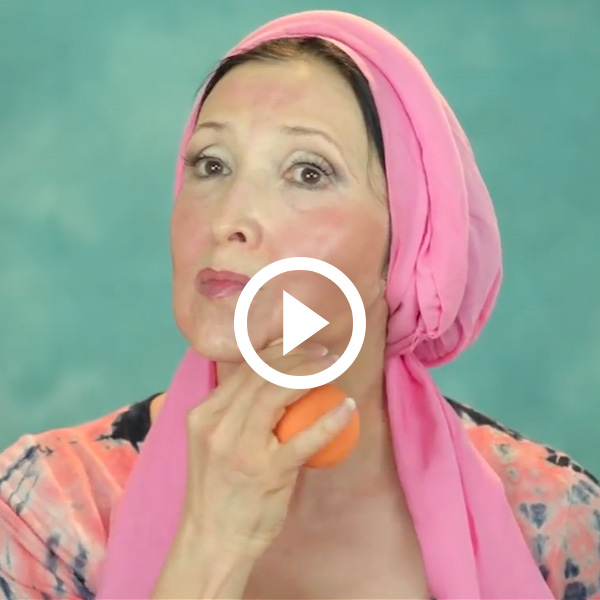
What will help your face retain the fluidity and plasticity of youth? The answer…facial cupping massage. It is a perfect solution.
Want the ultimate, minimal skincare routine, one you can start as early as in your twenties? I would say to go with a daily facial masque and a cupping massage. Do it, please, in this order:
• First, the facial masque.
• In between, an oil-based cream for moisturizing.
• Finally, cupping.
Afterward, you can remove any excess oil with a wet towel. Or, if you have an hour to spare, just leave it on for your face to absorb. The facial masque will give great exfoliation—especially if you use a masque-removing brush when you’re done to keep your skin glowing. Cupping will ensure your muscles don’t get tensed, hardened, or overworked. This way, you’ll never be tempted to paralyze muscles with Botox!
What if you already have creases and folds? This will take some dedication and patience, but things will improve. And your results will be more impressive and bring more excitement! Begin where you are today and with what you have now —and move from there. It’s a great feeling to know that you’re doing something truly good and natural for your skin with no threat to your looks and without sacrificing your health.
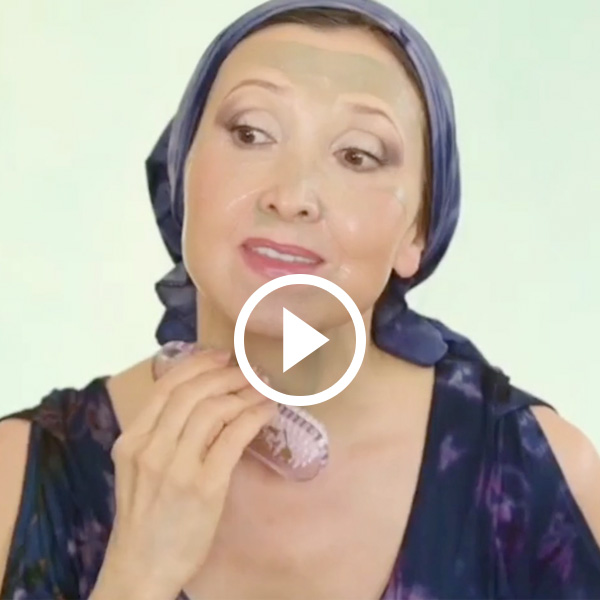
My first facial masque came out in 2007—the Multi-Herbal Green Clay Masque. It has since undergone several transformations to become our Green Essence Kaolin Facial Masque. Offering the smoothest texture ever, this one’s gentle enough for daily use. Watch my new short video on the left.
Early in my life, "masquing" was a once-in-a-while treat. But since age 33, I’ve been using a masque daily (and I’m in my mid-60s now). My daughter-in-law is 31, and I encourage her never to miss a day when it comes to skincare. Apply this masque daily, add in a good high-raw diet, and you’ll find that blemishes, breakouts, and dry skin are a thing of the past.
I love this masque and I use it at least twice per week. Here's your chance to receive 1 FREE jar of Green Essence Kaolin Facial Masque or any other of our facial masques of your choice.
